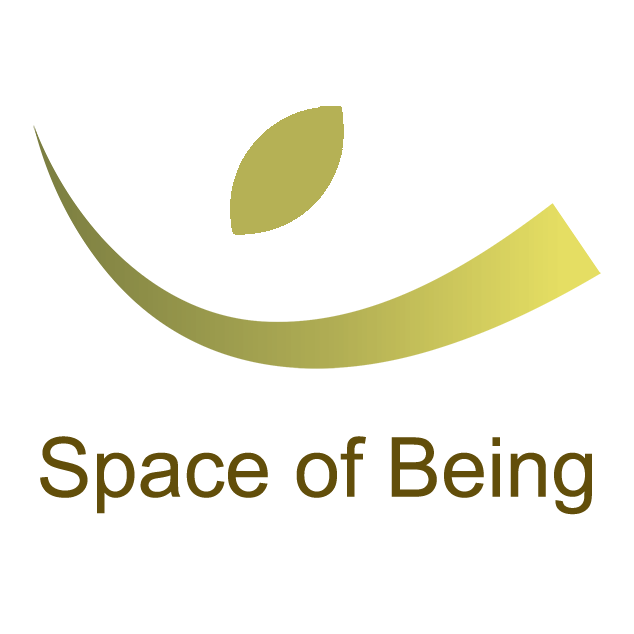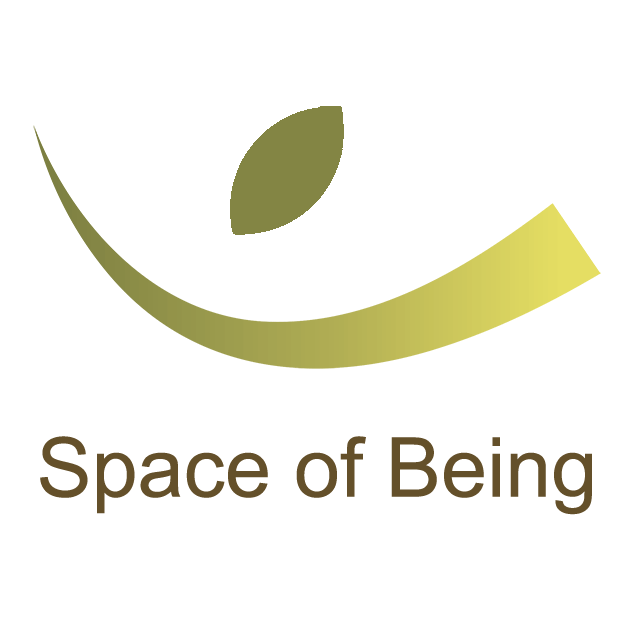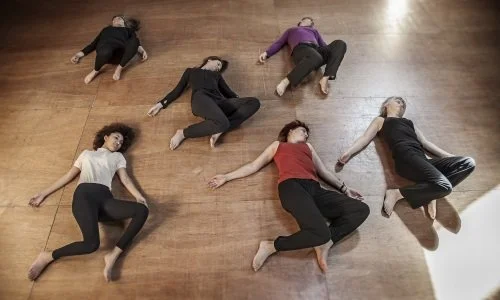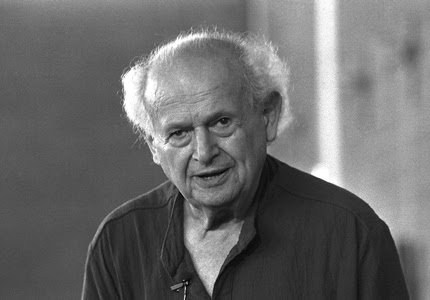Awareness Through Movement Sessions - The Feldenkrais Method~~~
Please join me for Weekly Awareness Through Movement Classes, which will focus this term on sensing how we find our ground, both from our centre but also from our periphery. How far can we sense? Inwardly? Outwardly? In all classes, we will explore connection between core and periphery as we feel into the inseparability of our stability and open and peaceful spaciousness.
6 Weeks - 7th January - 11th February 2026 (£50) or drop-in (£10). The price includes a recording of the class.
****Please email or text me for bank details as the booking system on this website isn’t working
ALSO - MONTHLY SUNDAY MORNING WORKSHOPS 18th January 10.30am - 1.30pm at the Old School Studio, Newlyn. Check Workshops & Retreats page on this website for details.
WEEKLY CLASSES -
WEDNESDAYS - 2pm - 3pm @ The Old School Studio, Newlyn (in person only)
WEDNESDAYS - 6pm - 7pm @ My Garden Cabin in Pendeen or Via Zoom
~~~
ZOOM LINK
https://us02web.zoom.us/j/82381037047
Passcode: Feldy108
Please get in touch if you’d like further information or to simply chat through which classes you think might suit you best.
~~~
What to expect in general from an Awareness Through Movement Class?
The classes last about an hour, during which you are led verbally through a series of movements in lying or sitting positions. The movements are most often very gentle and slow, although over time, you may be introduced to more dynamic movements. Importantly, you will become aware of how different parts of you are involved in the movements, perhaps noticing when you’re using unnecessary effort or tension. You will be encouraged to find easier, more effortless ways of moving, so that you move in ways that are elegant, efficient, and even pleasurable. This is not a no-pain no-gain type of activity – in fact, we could say it is post-ambitious!
Through these sessions, you will probably feel deeply relaxed, more at ease in yourself, and you may notice a fluidity, freedom and ease in your breath, your movements, and a sense of your whole self. Feldenkrais not only encourages flexible bodies, but also flexible, creative, and spontaneous minds. The classes are for everyone, whether you’ve practiced Feldenkrais before or not. They can be helpful if you experience discomfort in your life, through injury, migraine, neurological disorders, chronic fatigue syndrome, stroke, results of injury or childbirth, chronic pain, somatic aspects of emotional trauma. They can also be deeply beneficial for anyone who wants to become more at ease and self-aware. Practicing Feldenkrais can improve proficiency in activities including dance, theatre, yoga, surfing, running – and more. All you need is to turn up in loose clothes with enough layers to keep warm. Mats and blankets are available at the studio
“To make the impossible possible, the possible easy and the easy pleasurable” Moshe Feldenkrais
A little more about The Feldenkrais Method
The Feldenkrais Method uses movement, in ways that are accessible to everyone, to find ease, grace, and efficiency in how we move. The result can be a small difference (I find it easier to reverse my car these days ) and can sometimes be life changing (for people suffering from chronic fatigue syndrome, chronic pain, stroke & other neurological conditions - and more - my mum has chronic back pain and now practices Feldenkrais every day - she says it's changed her life!)
One of the challenges I find as a new student teacher of Awareness Through Movement is to find the right words to explain what Feldenkrais is and why it’s so beneficial, whether you are in pain or not, whether you are exhausted or not, whether you are seeking more freedom & grace in your everyday movements or not, whether you use movement, self-organisation, balance because you’re a dancer, a gardener, a yogi, a runner, a surfer - or not!
One way to start is to take seriously that moving gently and well within our comfort zone is a gift for our nervous system and for the way our nerves, muscles and bones freely and efficiently connect. As someone who feels I have to push myself at whatever I do, following instructions to do less has been very difficult - the very idea that I might not move or stretch as far as I am capable of just seemed weird!
But now with my own practice and watching people in my classes, the reason for doing less is becoming clearer - if we want freedom and to feel whole in ourselves (and this means different things for different people…), then we need to notice the detail of how we do things - if we push and we rush, so much goes by unnoticed. Most importantly we don’t learn much if we are in a hurry and seeking something larger. The Feldenkrais method is above all a way to listen to ourselves and to learn - and to keep learning. And then, of course, once the details and the subtleties of how we feel, of how we are organised, are in place, then we can play with speed and largeness.



